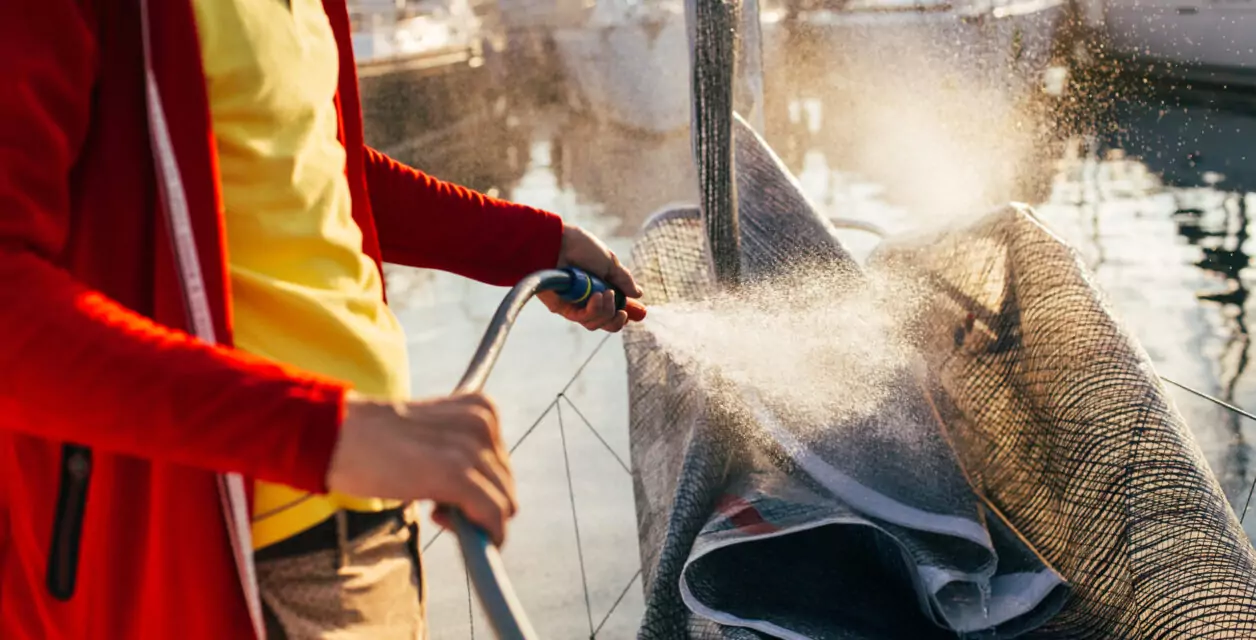The dock is an essential contributor to successful operations for watersport tour operators at their rental facility. It alone can serve as an attraction for vacationers, which can bring more families with kids to your watersport business. That’s why it is a no-brainer to keep your boat dock carefully looked after. In this blog, we include all the directions for you to take and consider as it comes to dock handling.
Forces That Damage Your Boat Dock
To better understand how dock should be treated, it is first needed to clarify what forces negatively impact them, which shorten their lifespan and make them unsafe for the customers in general. We divide all known forces into 2 types: uncontrollable and controllable.
Uncontrollable Forces
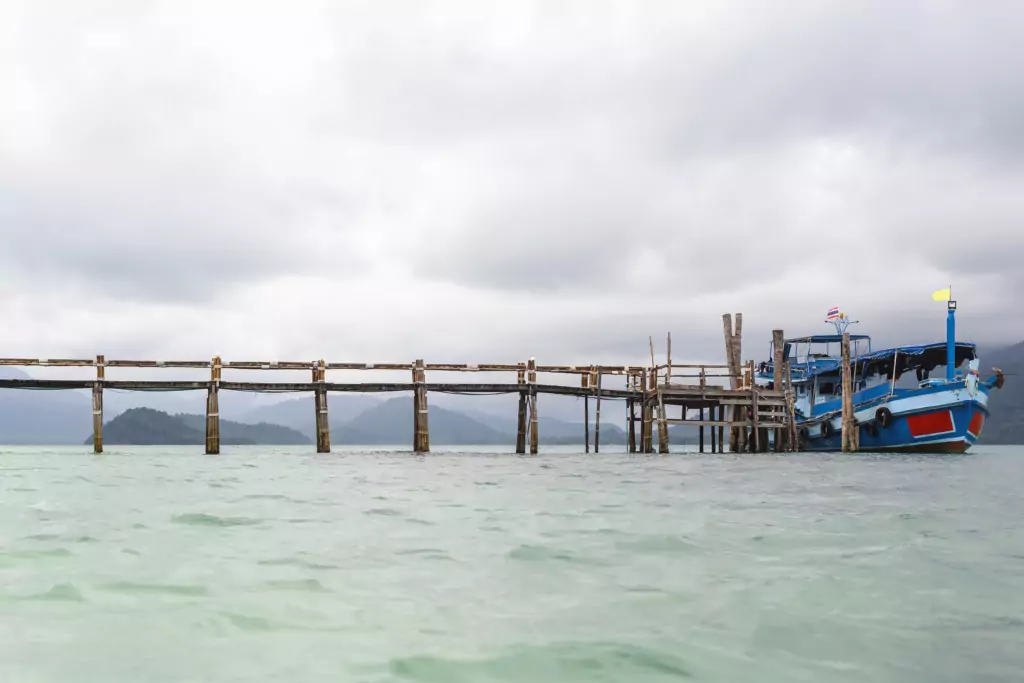
There is either little or nothing that tour operators could do about uncontrollable events posed by natural biology and Mother Nature’s fury. However, what tour operators can do about this is to minimize the adverse outcomes discussed later in this blog. First, let’s take a look at what are those uncontrollable events.
Weather and Climate
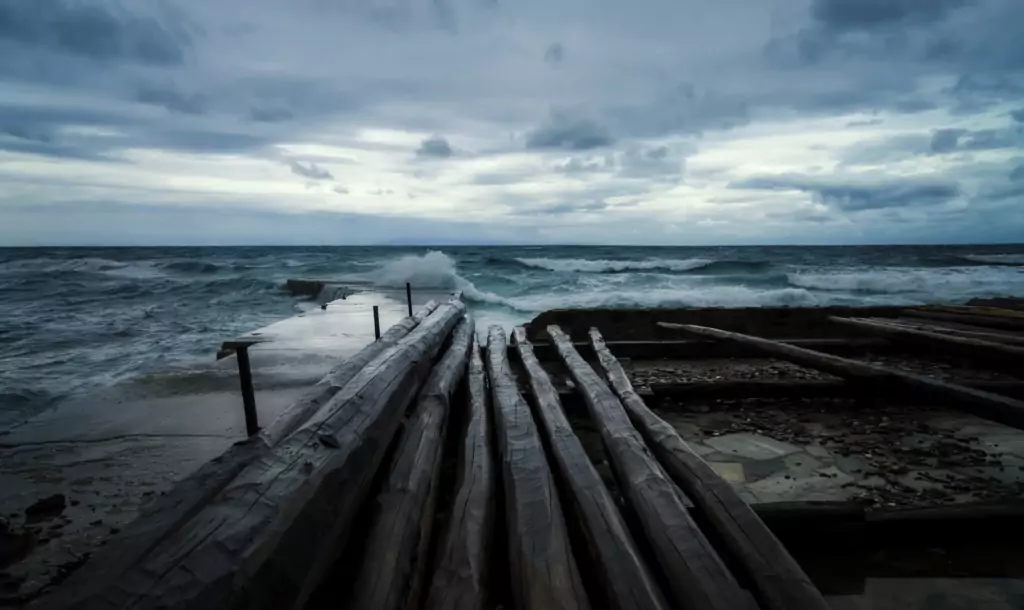
Even if there is average weather outside, it can still negatively impact the dock’s lifespan. What happens is all the tiny dock’s components get rust over time. In worst-case scenarios, it leads to corrosion and erosion, too. Besides, let’s not forget about big storms. They can also severely beat up on coastal areas where the docks can be located.
Another reason for the dock to collapse is the standard decay. It happens to many types of materials utilized in dock building or dock piers and posts.
Water and Marine Forces
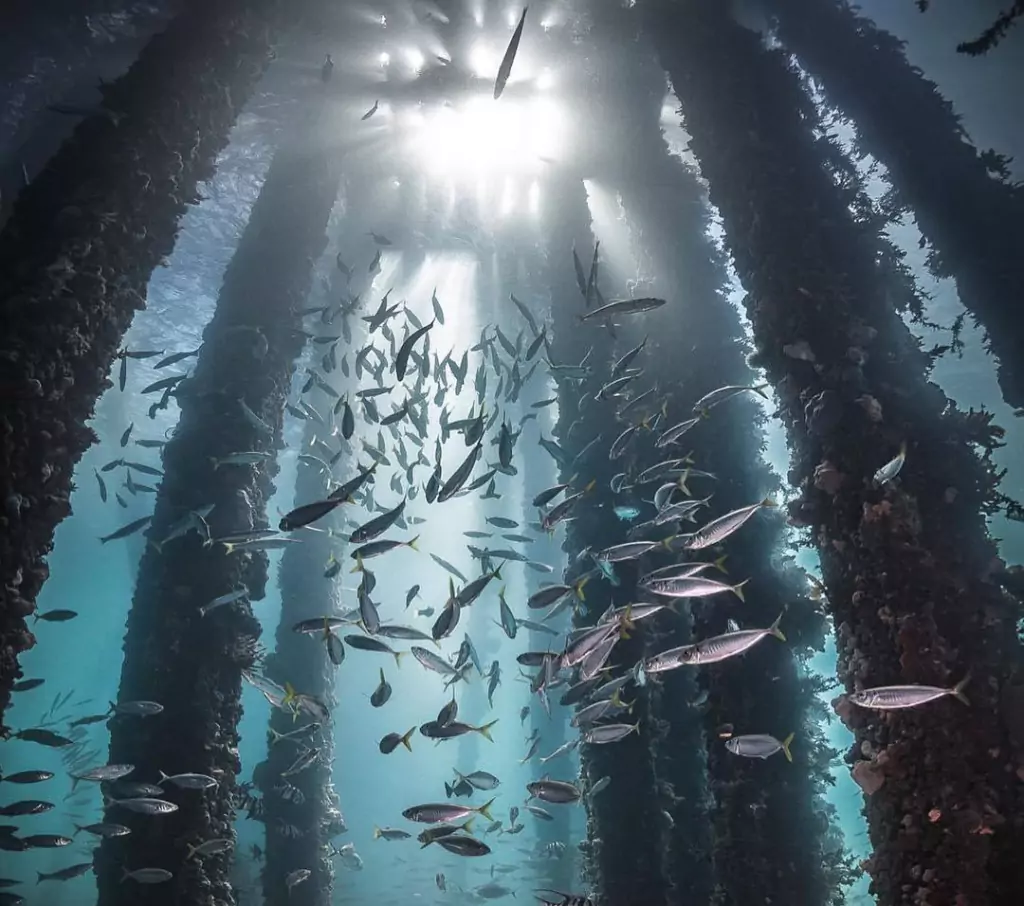
Water alone lets dock pilings and piers degrade, not to mention the marine life. The only types of piling that are somewhat immune are concrete, but they are not always practical, especially residential ones.
All marine life – from plankton to crustaceans, also impact the dock’s lifetime. Typically, these creatures don’t harm dock piers and posts. Instead, these things provide a danger to equipment and folks who can bump into them accidentally.
Controllable Forces
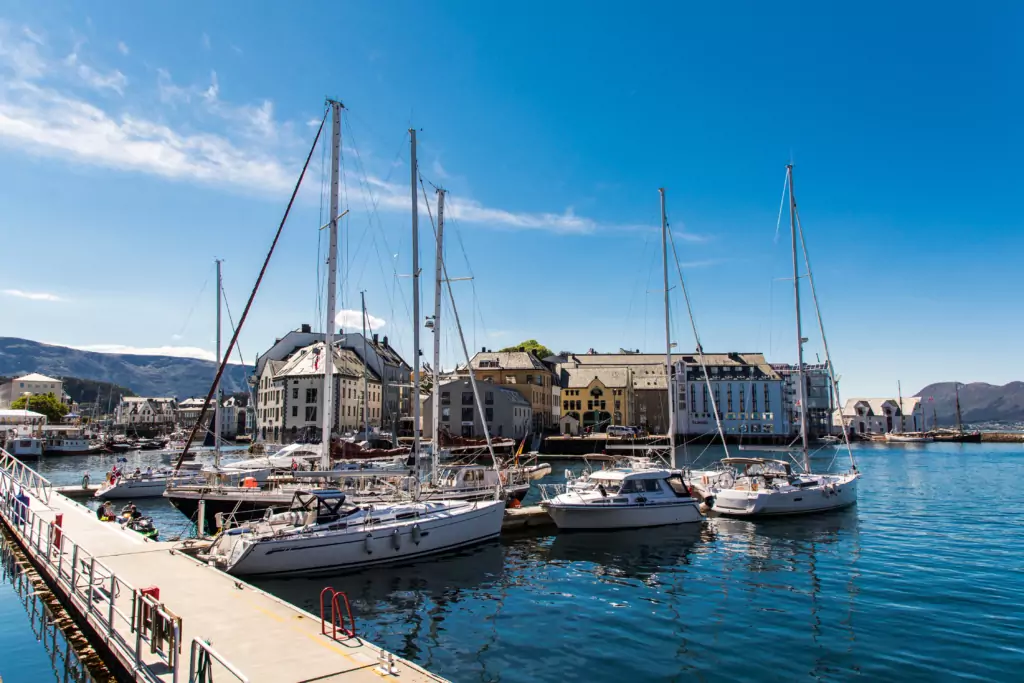
Unlike the uncontrollable forces, controllable ones are manageable and should be by watersport tour operators. Human factors or things related to that usually cause this type of event. Let’s explore them in detail and see later on how the outcomes can be mitigated.
Before looking into each part of the dock specifically, let’s find out how the main parts of the dock such as flooring and anchoring can be treated.
The significant risk that dock receive can be characterized as regular “wear and tear.” Docks are supposed to be utilized, so no wonder that light abuse can come with it. The boats bump, jet skis smack, which cause expensive instant damage or accumulative damage that has a long-term effect to come. All can be managed if it gets immediate attention with preventive measures that prolong the dock’s life period; here is how.
Boat Dock Maintenance:
Cleaning, Repair, and More
Docks should be treated the same way as you would treat your precious water sports equipment, the maintenance of which, by the way, we discuss in separate blogs for jet ski here and here. If you are fortunate to have your won dock, or, even if you just rent it, it is essential to continually fix, add or replace its components for those who walk on it and your equipment to keep it always safe.
Step #1: Inspection
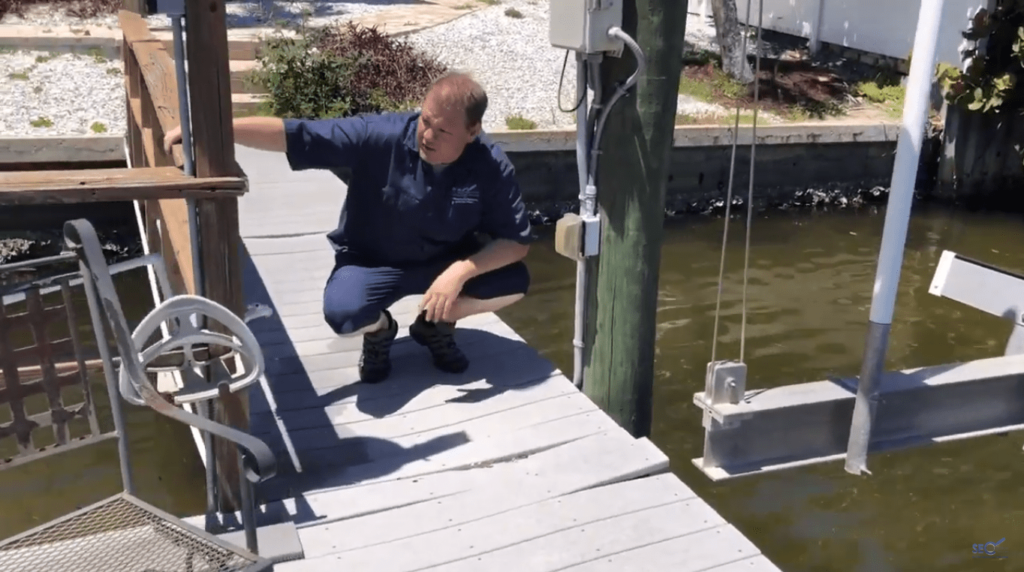
Safety is the key for both you and your customers visiting your location. Minor things like screws or nails backing out of wood planks can cause severe injuries, and even license revoke if not inspected properly.
We highly recommend taking a look at the structure both above and below the waterline. Check fasteners, nuts, bolts, and cross beams for solidity, pilings for closeness, and lashing straps for tightness. If you notice any issues with these, we suggest fixing them sooner rather than later.
Step #2: Cleaning
Apart from clearing your dock of loose gear, debris, etc., it needs to be cleaned. When cleaning, apart from mildew, look for other growth such as barnacles and other creatures and plants. They all cause damage that can’t be noticed until you remove them. Use the putty knife when scrubbing the area with an abrasive pad after removal to ensure. There are 2 established ways for cleaning docks we recommend to follow; take a look at both and see each one works better for you.
Cleaning method #1
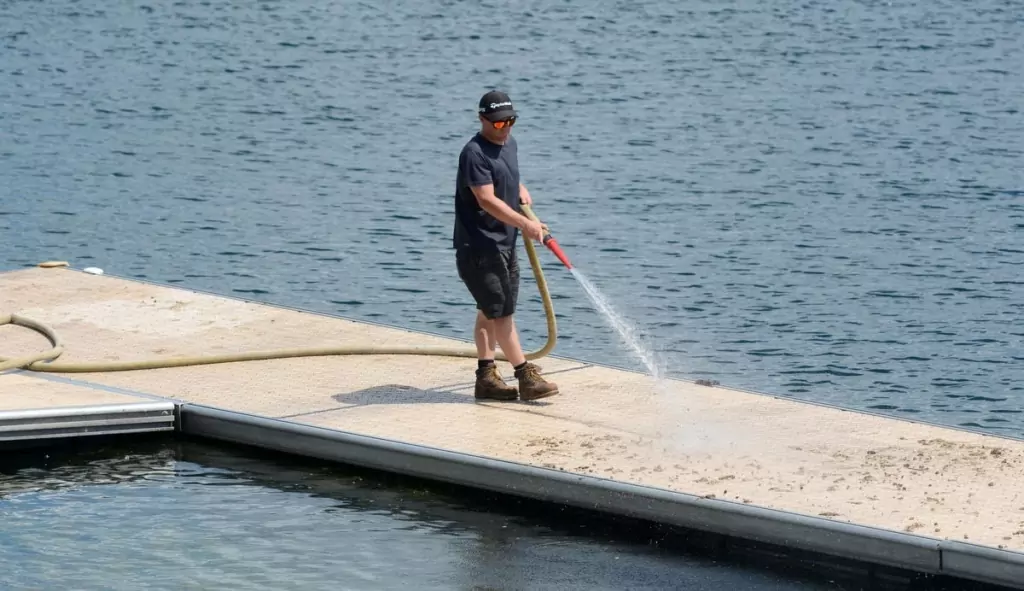
Pressure water is a way to go if you are looking for it to be less time consuming and relatively effective, though it needs to be used carefully for avoiding burned wood if using the spray nozzle too close. Afterward, the wood will be softer, and fragments will appear, so take a sander, smooth out the boards’ rough spots, and sand out rust spots on supports or steel parts.
Cleaning method #2
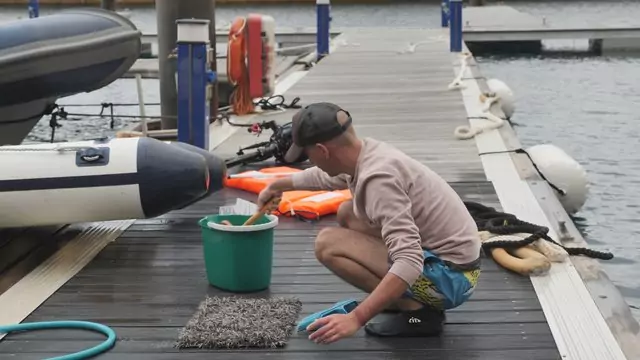
A stiff scrub brush with biodegradable soap, baking soda paste, or white vinegar is all environmentally safe solutions that are also effective in fighting mildew growth. All you need to do is mix either product with water in a spray bottle and wipe away all the growth coming across you.
Step #3: Repairment
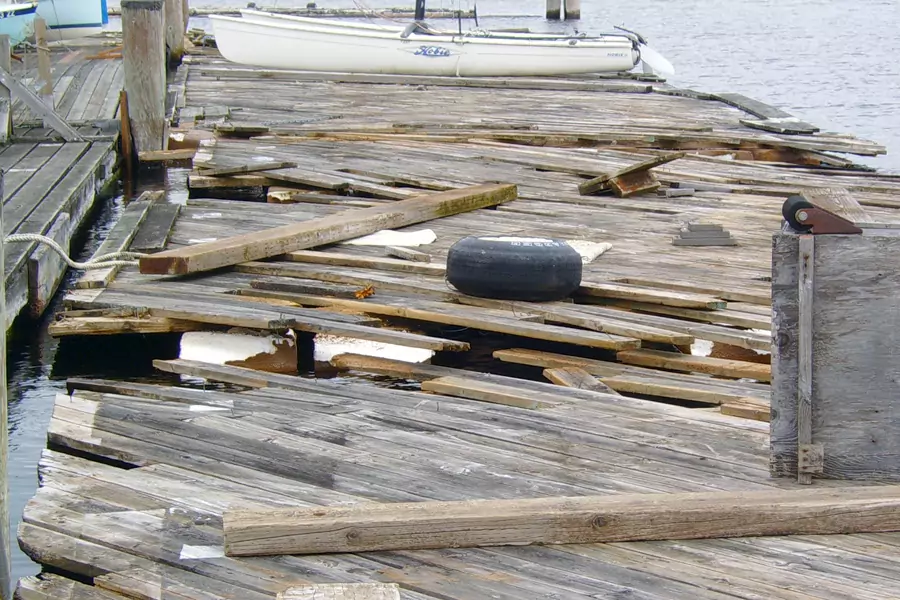
Fixing the problem should not be done by covering it with a carpet. Instead, utilize the marine putty and/or wood filer for removing holes and or splits. If you notice any screws or nails backing out through your inspection, assess whether the board needs to be replaced. The frequency of dock being used is a vanity metrics, because hardware loosens independently and rust comes with weather changes. For that reason, regular maintenance is important to do whenever rather than wait for something to demanding it.
Step #4: Sealing
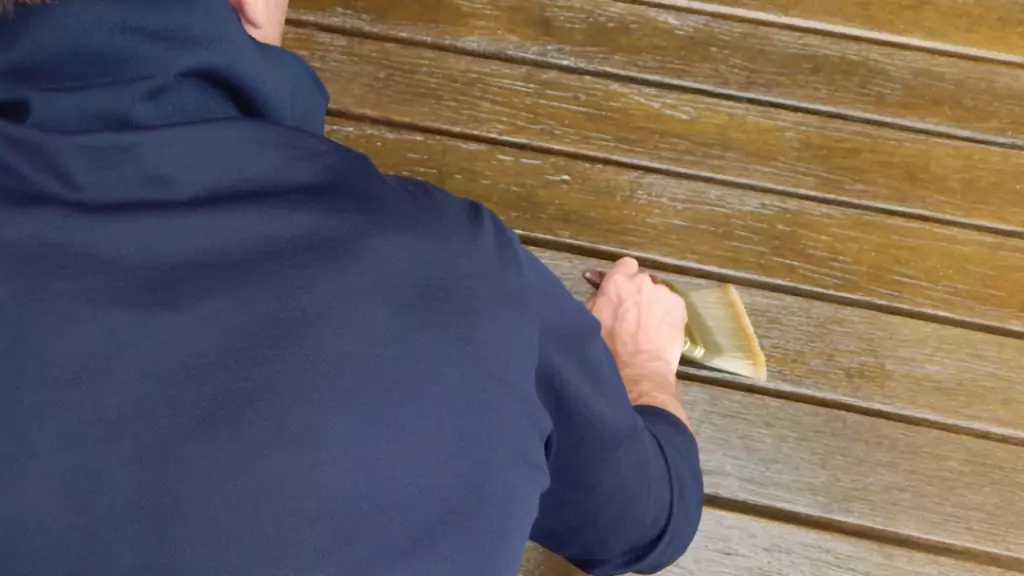
Docks made of wood are specifically vulnerable to the marine environment through sun, moisture, and changing temperatures, which is why we recommend using only treated lumber. After you have taken all previous steps, apply a waterproof, environmentally friendly sealant. If you choose to remove the dock during the winter, dry out the sealant entirely before installation.
Step #5: Dress up
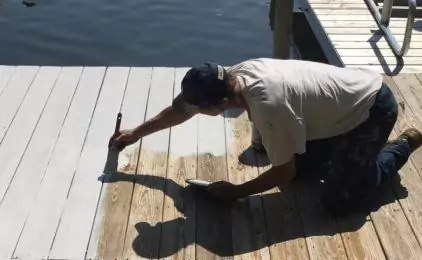
Lastly, but certainly not least, since the dock is now clean, safe, and sound, you can trim it with a few accessories. Attach the dock bumpers from accidental bumps caused by equipment, which will protect both dock and equipment. Most of the damage usually occurs in the corners, so mounting bumpers along with them, as well as sides and around piling, are your best bet.
Dock Piling — Boat Dock Structure & Stability
The dock’s structural stability is mainly dependent on its piling. For that reason, it is vital to look after it the way you would after dock itself. The influential factors for its stability include walking, running, and jumping. Also, know that your pilings are home to marine pests like wood-boring worms, which shorten your pilings’ lifespan. If this did not convince you enough, think about that same marine biology and Mother Nature’s Fury we have discussed earlier, which also negatively impact pilings apart from the dock itself.
Protection
Depending on the state of your pilings, your approach to protecting them could vary. This can be determined either by past events that occurred to them (e.g., storms) or the length of time it was without inspection. Protecting pilings is a no brainer if you consider the following elements:
Pile Sleeves
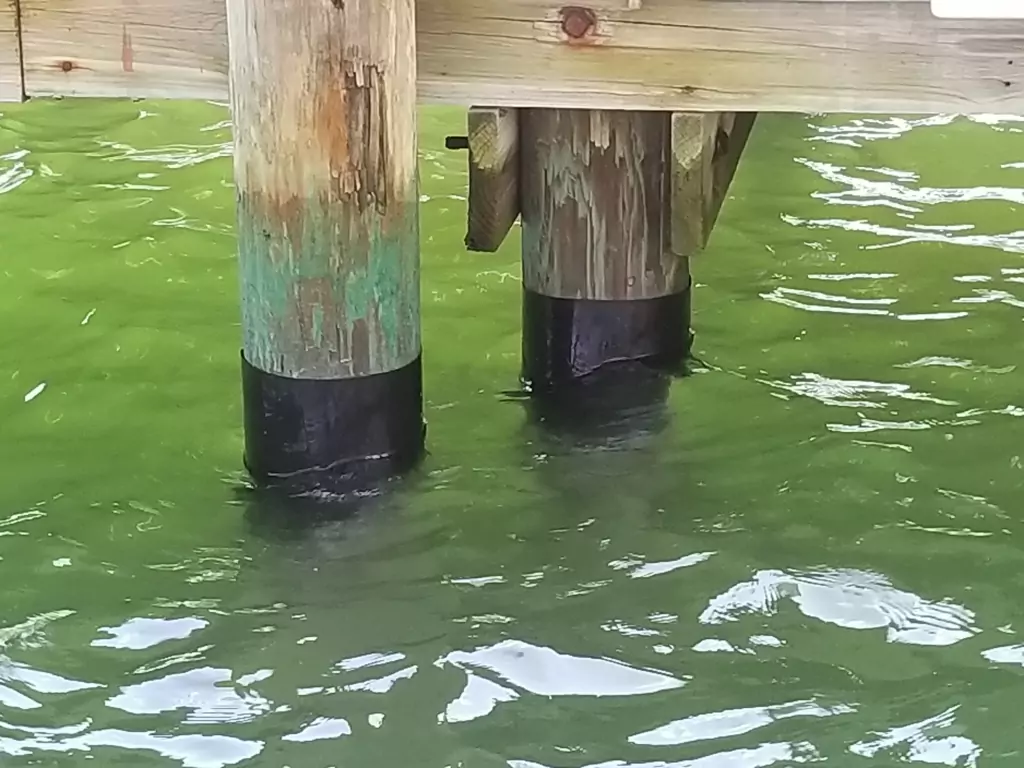
This type of protection is a way for you to go against marine pests like boring worms and water, in general, to ensure that neither makes contact with wood. If you just started having a dock, Pile Sleeves are excellent protection for you to select for avoiding the damage mentioned above happening in the first place.
Piling Wrap
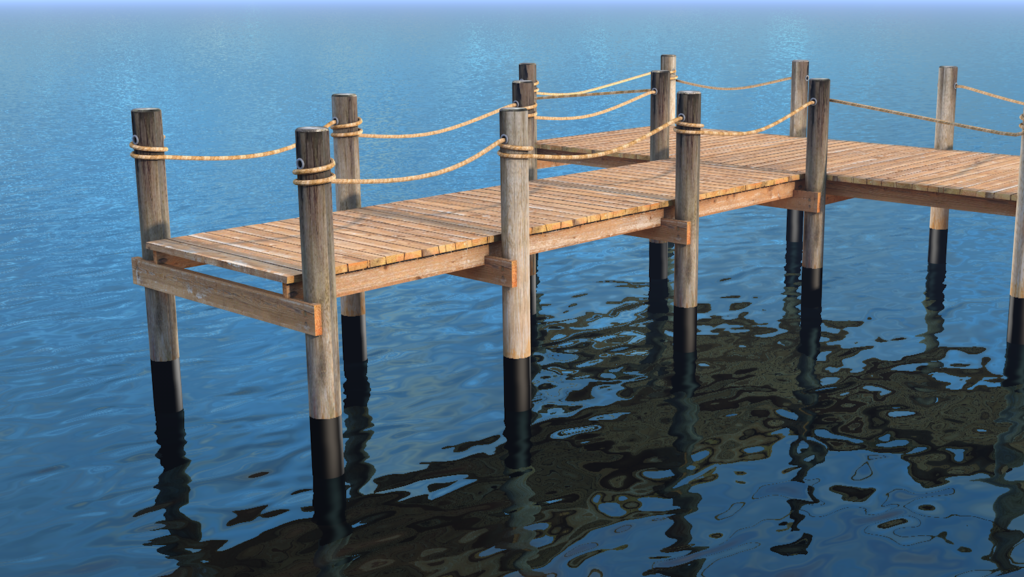
Before installing this kind of protection, make sure that your piles are thoroughly cleaned. Pile wrap is another protection layer against marine pests, ultraviolet rays, decay, and rot that prolongs piles’ lifespan. Unlike pile sleeves, the complete pile wrap can still affect even if the piles are damaged. Sheet them around the pile to secure. Usually, one part goes above the watermark and the other below the mud line.
Snap Jackets
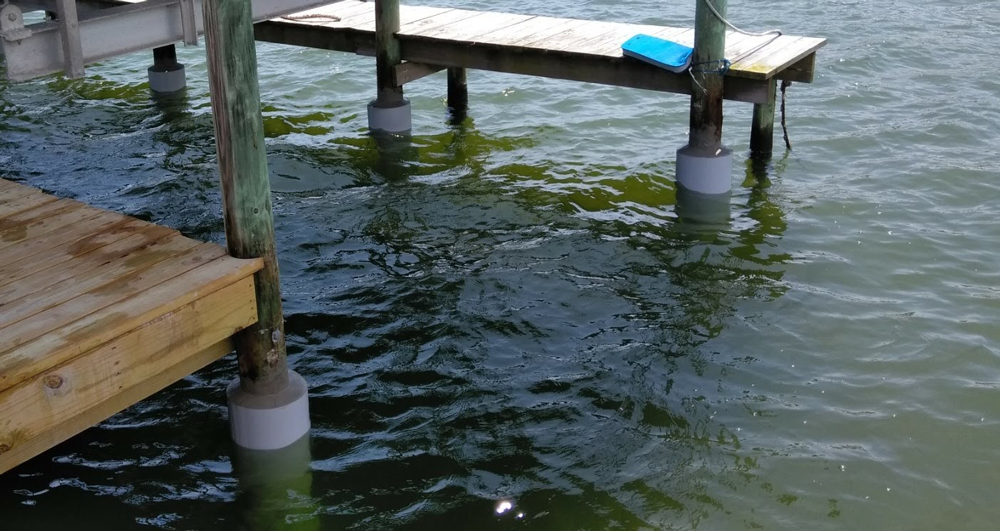
These are typically used for somewhat more giant, commercial piers but still can be used on smaller ones. The most relevant situation to utilize them on piles is when they have already suffered the damage, but for some reason, you are not ready to replace them. All you need to do is fill the gap between “jacket” and pole with concrete. The concrete naturally embeds itself in the pilings where decay has eroded the wood, prolonging the lifetime of your piles for another 50 years.
Piling Caps
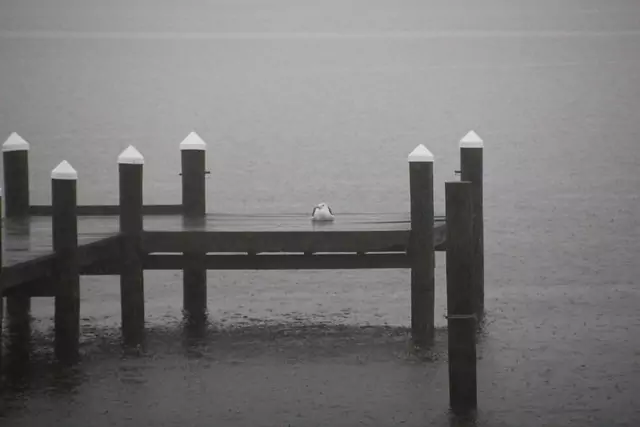
Piling caps are caps that you can install on top of the pilings for decorative purposes or even better protection. They come in a variety of colors and usually are flat or cone-shaped. This is yet another protection from UV rays and, this time, birds and rainwater. The former group gets discouraged from nesting on top of your piles, and the latter gets deflected from pooling on pole tops. Also, we would like to cover one kind of piling caps separately as a bonus tip.
Solar Piling Caps
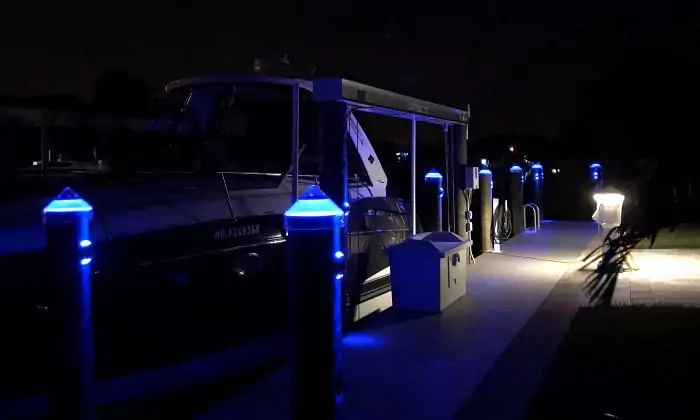
If you offer night tours when renting out your watersport equipment, solar piling caps provide safety in that sense.
Solar piling caps give customers extra guidance when they are mooring your pontoon boat or trying to park your jet ski to avoid smacks. It also lets people seeing footing better when walking around on the dock. moving any type of stuff you have also becomes easier, and theft arguably can also be decreased.
What’s also cool about the solar caps is that they do not impact your electric bill. Additionally, they are environmentally friendly. Learn even more benefits of it by reading this.
The Ultimate Purposes of Dock
As we find out in this blog, there are several reasons for water sport tour operators and their customers to use the docks. It alone can be an attraction for families with kids and is also a home for your watersport equipment. To the end, we conclude that dock protection is a must if you are looking to bring joy to your rental location for multiple seasons to come.
